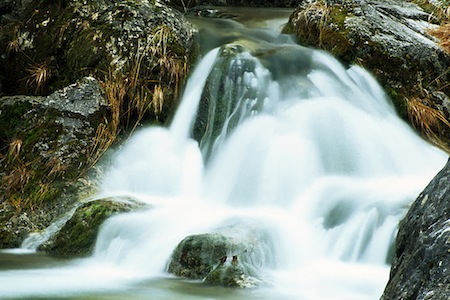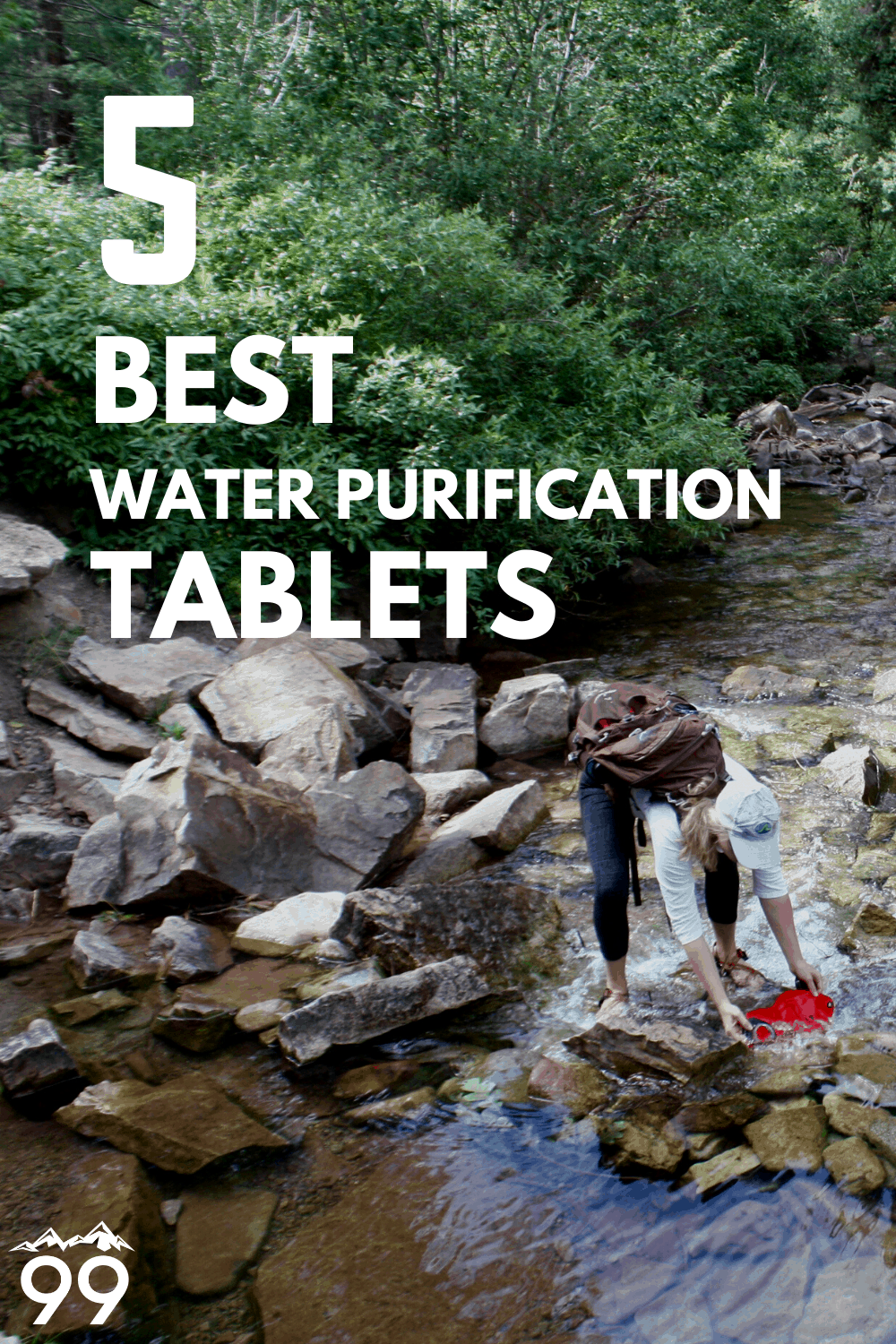Is Fast Moving Water Safe To Drink?

Fast-moving water, such as that found in streams, rivers, and waterfalls, can appear pristine and refreshing. However, it is important to be aware that fast-moving water can also pose a significant health risk due to the presence of harmful microorganisms and contaminants.

Microbial Contamination:

Fast-moving water often carries microorganisms such as bacteria, viruses, and parasites. These microorganisms can cause a variety of waterborne illnesses, including gastrointestinal issues, skin infections, and respiratory problems. The risk of microbial contamination is particularly high in areas where there is significant human or animal activity, as these activities can introduce pathogens into the water.
Chemical Contaminants:
Fast-moving water can also carry chemical contaminants, such as heavy metals, pesticides, and industrial pollutants. These contaminants can pose a health risk if consumed in high concentrations. The type and concentration of chemical contaminants present in fast-moving water can vary depending on the location and activities in the surrounding area.
Turbidity and Sediment:
Fast-moving water can also contain high levels of turbidity, which refers to the cloudiness or murkiness of the water. Turbidity can be caused by suspended sediment, algae, and other particles. While turbidity itself is not directly harmful, it can interfere with the disinfection process and make it more difficult to remove harmful microorganisms. Additionally, sediment can carry contaminants and pathogens, posing a health risk.
Factors Affecting Water Safety:
The safety of fast-moving water for drinking depends on several factors, including the source of the water, the level of human and animal activity in the surrounding area, the presence of chemical contaminants, and the turbidity of the water. It is important to assess these factors carefully before consuming water from a fast-moving source.
Recommendations:
In general, it is not advisable to drink untreated water from fast-moving sources. If there is no other option, it is essential to treat the water thoroughly before drinking it. This can be done by boiling the water for at least one minute, using a water filter or purification system, or using chemical disinfectants. Additionally, it is important to be aware of the potential health risks associated with drinking untreated water and to take steps to minimize these risks.










